Resolution #443
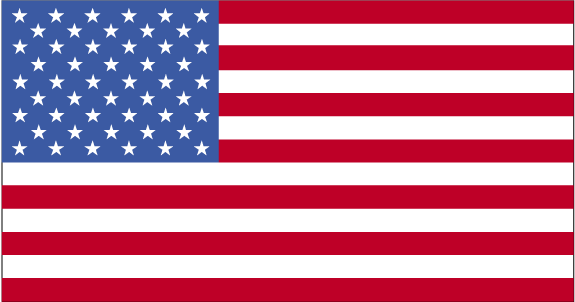 |
The question of water security in South Asia. |
| Committee: Ecology & Environment | |
| Main Submitter: USA | |
| Submitted: 14/02/2025 21:25 |
| Status |
|---|
| Passed cosubmitter sheet validation |
| Approved by approval panel |
| Selected for debate by secretariat |
| Passed by committee (Ecology & Environment) |
Committee Voting
| For: | 29 |
| Against: | 23 |
| Abstentions: | 3 |
Options
Co-submitters
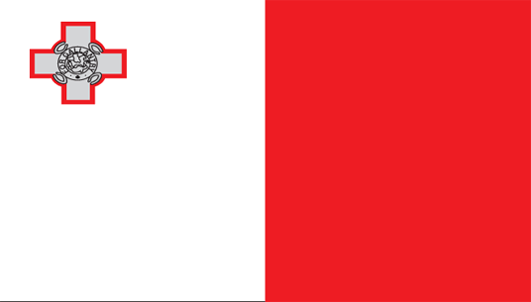 | Malta |
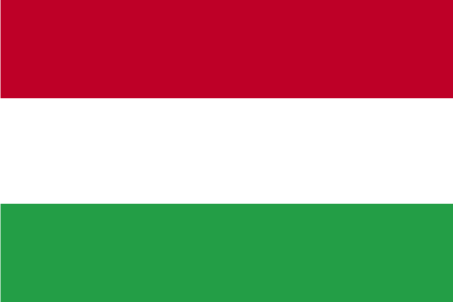 | Hungary |
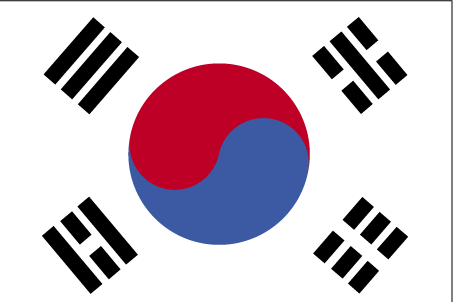 | Republic of Korea |
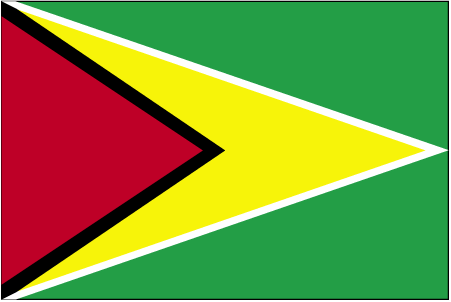 | Guyana |
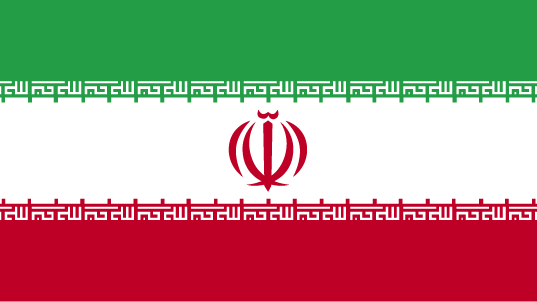 | Iran |
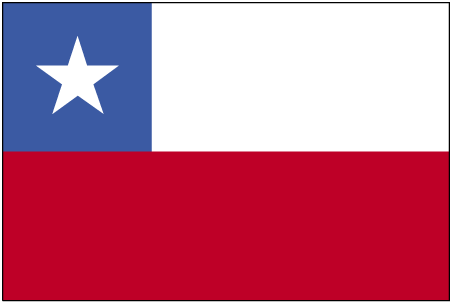 | Chile |
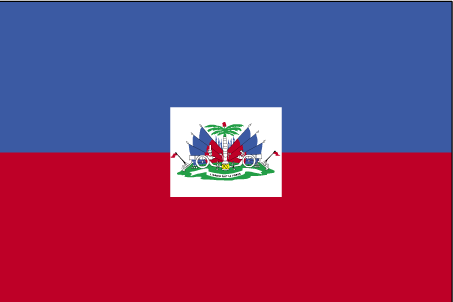 | Haiti |
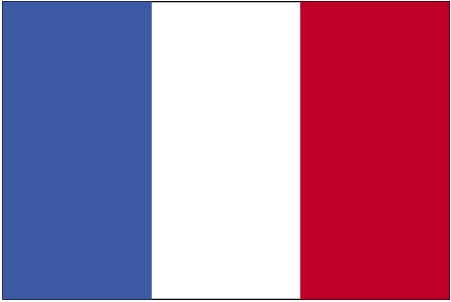 | France |
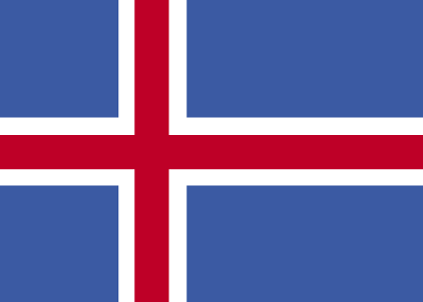 | Iceland |
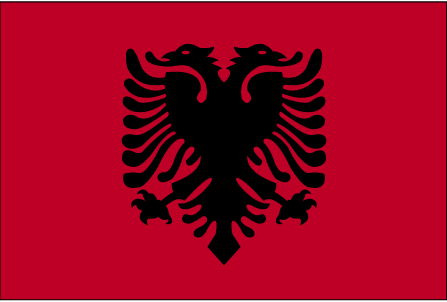 | Albania |
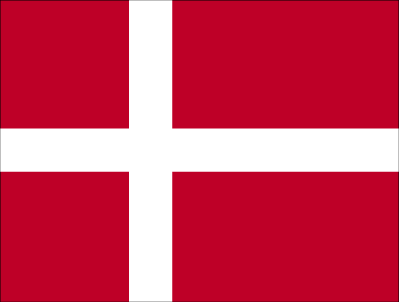 | Denmark |
 | Ukraine |
Resolution
FORUM: Ecology and Environment
TQO: Water security in South Asia
SUBMITTED BY: United States of America
CO-SUBMITTERS: Albania, Chile, Denmark, France, Guyana, Haiti, Hungary, Iceland, Iran, Malta, Republic of Korea, Ukraine
THE COMMITTEE OF ECOLOGY AND ENVIRONMENT,
Disturbed by the fact that 347 million children under the age of 18 were exposed to high or extremely high water scarcity levels in South Asia in 2023,
Noting the US Department of State’s and the UN’s definition of South Asia as Afghanistan, Bangladesh, Bhutan, India, Maldives, Nepal, Pakistan and Sri Lanka,
Recognising SDG number 6 which reads: Ensure availability and sustainable management of water and sanitation for all,
1. Recommends the creation of a United Nations sub body to UN-Water called the United Nations South Asia Water Security Programme (UNSAWSP) which will work in conjunction with the World Meteorological Organisation (WMO), United Nations Disaster Risk Reduction (UNDRR), United Nations Industrial Development Organisation (UNIDO) and all other relevant UN bodies and NGOs which will be responsible for, but not limited to:
a. collaborating with UNWATER and the FAO to plan, construct, and maintain the UN irrigation schemes, including drip irrigation schemes, surface irrigation, and sprinkler systems, which would be supported by the construction of new water sources including wells, which will use other natural water sources such as rivers and lakes, with the intention of but not limited to:
i. providing reliable water to farmers to allow the sustainable growth of their crops, as well as the maintenance of the soil fertility,
ii. preventing the degradation of fertile land in areas such as agricultural zones, forests, grasslands, or national parks, to ensure no farmers lose their income or livelihoods due to water scarcity, and that no ecosystems are harmed,
iii. creating new water sources, which would be vital for isolated or poverty-stricken communities,
b. promoting the use of drought-resistant crops
c. introducing a water system upon permission of all relevant member nations, that ensures farmers using excessive amounts of water pay more, and vice versa all reliant on the size of each farm under market-driven principles;
2. Calls for the creation of an Emergency Water-Sharing Task Force to be established upon the rising of problems for negotiations in relation to water shortages; this task force will be ran by members of the UNSAWSP and will promote and sustain peaceful dialogue to reach solutions;
3. Suggests the implementation of early warning systems from the WMO that will alert the South Asian region of possible floods or droughts;
4.Urges UNSAWSP to create an educational campaign in the South Asian region upon permission of relevant member states that will be responsible for educating farmers at farmers markets and any sort of farmer-related talk, on what they can do to ensure they receive their best possible yield come flood, drought or sunshine and educating all citizens through education systems, workshops and online platforms on what they can do in the event of water scarcity;
5. Further urges for the creation of a mass media campaign to be ran by UNSAWSP and overseen by the News and Media Division (NMD) within the UN which will spread awareness in relation to water scarcity in South Asia and the possible illegal weaponisation of water, this mass media campaign will include the spread of information on social media, advertisements on TV, radio and billboards and biodegradable leaflets available at farmers markets;
6. Endorses the creation of individual campaigns within each South Asian country which helps with the issue in relation to water scarcity, these campaigns will be specific to each member nation but could include something along the lines of clean tap water scheme, clean-up of rivers scheme and infrastructure for water distribution schemes;
7. Encourages countries within South Asia who receive a seasonal surplus and are open to exporting a certain percentage as deemed necessary by those in charge in individual member nations stored water to do so; this exportation of water can also apply to willing member nations outside of South Asia;
8. Requests the creation of a biannual conference, followed by a triennial conference format after the first six years to be held in New Delhi, India with the option of online attendance which will be attended by representatives of all willing member nations in South Asia and UNSAWSP, WMO and UNIDO members; the discussions at these conferences will include updates in relation to research on industrial advancements which can help these member nations when experiencing water scarcity, the likelihood of possible droughts or floods in the foreseeable future, promotion of tax on non-compliment business in relation to individual set water targets and problem solving on arising issues;
9. Further requests increased investment in water quality monitoring systems and real-time data collection to track pollution levels and identify areas for intervention by expanding water monitoring systems across South Asia in oceans, rivers, and lakes especially in higher risk zone by utilizing mobile technology and drones to track the water quality upon the permission of relevant member nations, deploying pH, oxygen, and heavy metal sensors to track real-time information;
10. Hopes that all clauses within this resolution will be funded by the World Bank and will be implemented by the year 2029.